
14 Nov 2023 | #Authorship, #OpenScience, #Power
Scientists are increasingly expected to engage with the public. At the same time, they face increasing hostility when they speak out. Female scientists, as a more frequent target of sexist hostility, fear being attacked and enjoy speaking out less than their male counterparts. The question arises: Is science communication really feasible for everyone in the current hostile environment? This short analysis focuses on female scientists as a subgroup of a large survey sample and how their assessment of public engagement differs from that of their male counterparts.

03 Aug 2022 | #GlobalScience, #OpenScience
In this Short Analysis, Jefferson Pooley is reviewing/introducing PubPub, a web-based publishing platform hosted by a nonprofit, the Knowledge Futures Group (KFG)

25 Jul 2022 | #Impact, #ScientificAdvice
In this contribution, Irene Broer & Nataliia Sokolovska describe what inspired them to create their own taxonomy of advisory formats and dive into the characteristics of advisory organizations and how they can be systematized.

14 Jun 2022 | #COVID-19, #Ethics, #Infrastructure
In this short analysis the three authors aggregate findings from four research projects to answer questions regarding the accelerated digitalisation of education due to the Covid-19 pandemic.

20 Apr 2022 | #COVID-19, #ScientificAdvice
The case of pandemic prevention is one of many examples to show that holistic perspectives in disaster prevention and related fields have gained prominence in recent years.

11 Apr 2022 | #Impact, #ScientificAdvice
This short analysis is showing up ways of how the quality of scientific policy advice, as an important part of the recognition of scientific activity, can be checked and how these processes and results can be made usable again for science.
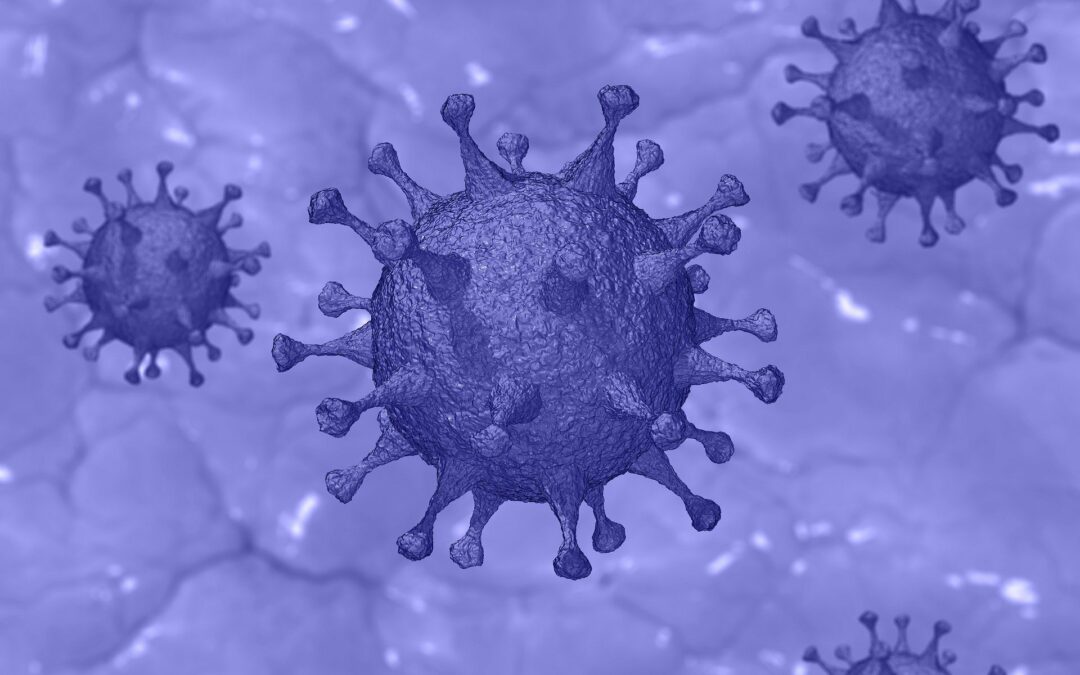
06 Apr 2022 | #COVID-19, #ScientificAdvice
In this short analysis P. Atkinson highlights the uncertainties associated with the field of evidence-informed policy making, especially in crisis situations such as Covid-19.

24 Jan 2022 | #Infrastructure
The pocket library for open content is an application designed to simplify the search for openly available research content and lay ground for a basic quality assurance mechanism.
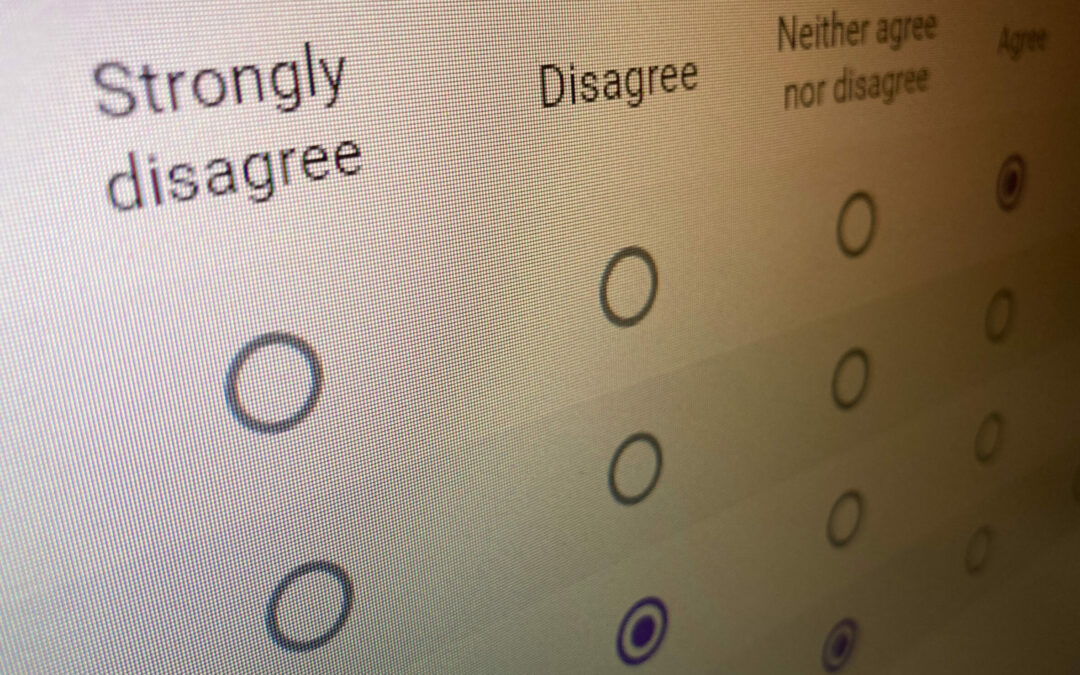
08 Dec 2021 | #Infrastructure
Sami Nenno on the typical problems of the most common service providers for conducting online surveys and how to find the right one for your own project.

16 Nov 2021 | #Impact
A summary of the results of a workshop held by our authors on issues related to the measurability of the impact of the Social Sciences and Humanities.

01 Jun 2021 | #Authorship
In this article, Mennatullah Hendawy shares some insights on structuring cumulative dissertations based on her own experience

31 Mar 2021 | #Power
Sabine Müller on the hierarchical system of German academia and why it could be a problem for the wellbeing of young academics and Ph.D. candidates. She compares it to her experiences at Oxford University and sheds light on the differences between the two research cultures.
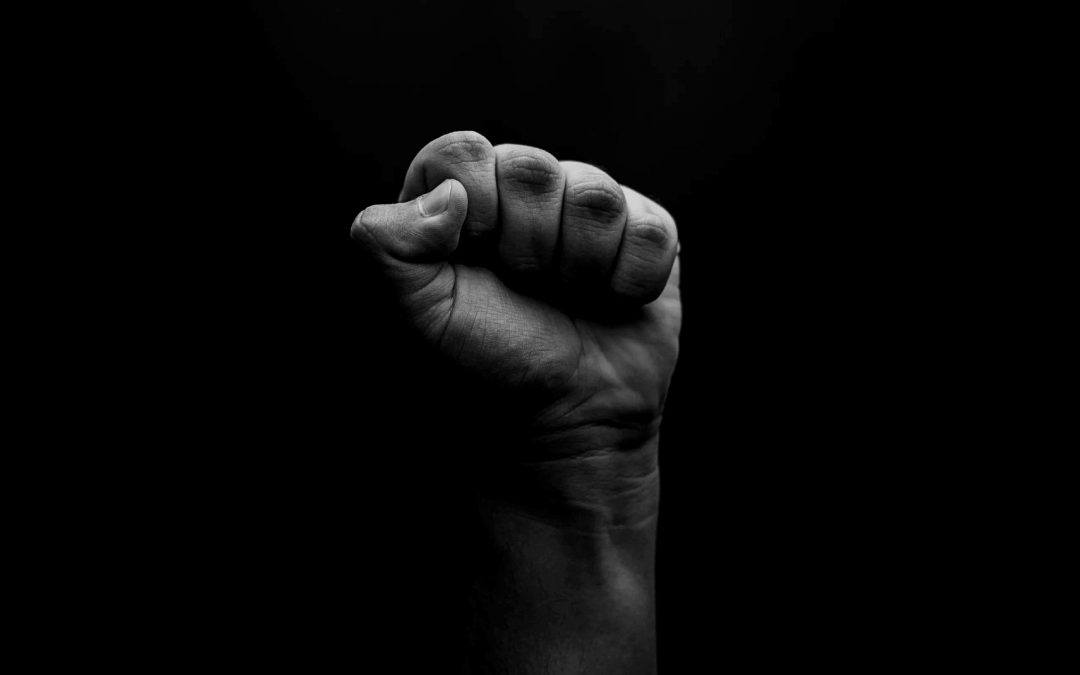
11 Mar 2021 | #Power
A group of researchers from the German N² network presents the results of a survey among PhD students on the abuse of power in science and outlines ways to counter it
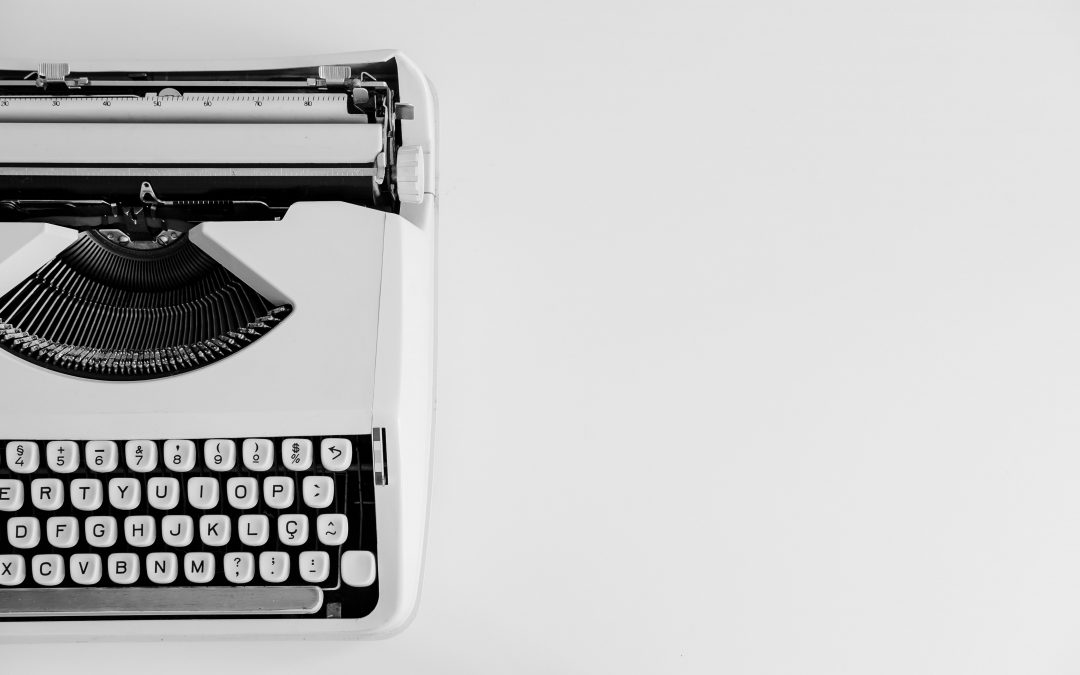
24 Feb 2021 | #Authorship, #Power
Ruixue Jia on the influence of administrative power in Chinese academia on researchers’ publication activity, their selection of co-authors, and the topics they are writing about.

03 Nov 2020 | #Power
Gorup & Laufer on how control is exercised and abused within relationships between doctoral supervisors and their students, what happens when PhD students challenge this control, and how we break free of this cycle of control.

06 Oct 2020 | #COVID-19, #GlobalScience
Julia T. Scho on the challenges and positive experiences of researchers and scientists working around the globe during the pandemic

01 Jun 2020 | #Impact, #Infrastructure
Glaucia Souza on the introduction of BioFuels in Sao Paulo and all over Brazil, her activities at BIOEN and the transfer of technologies for more sustainable forms of mobility into practice.

18 Feb 2020 | #Infrastructure, #OpenScience
A number of social, technical and political-economic problems call to rethink the current practice of funding and governing research infrastructures.
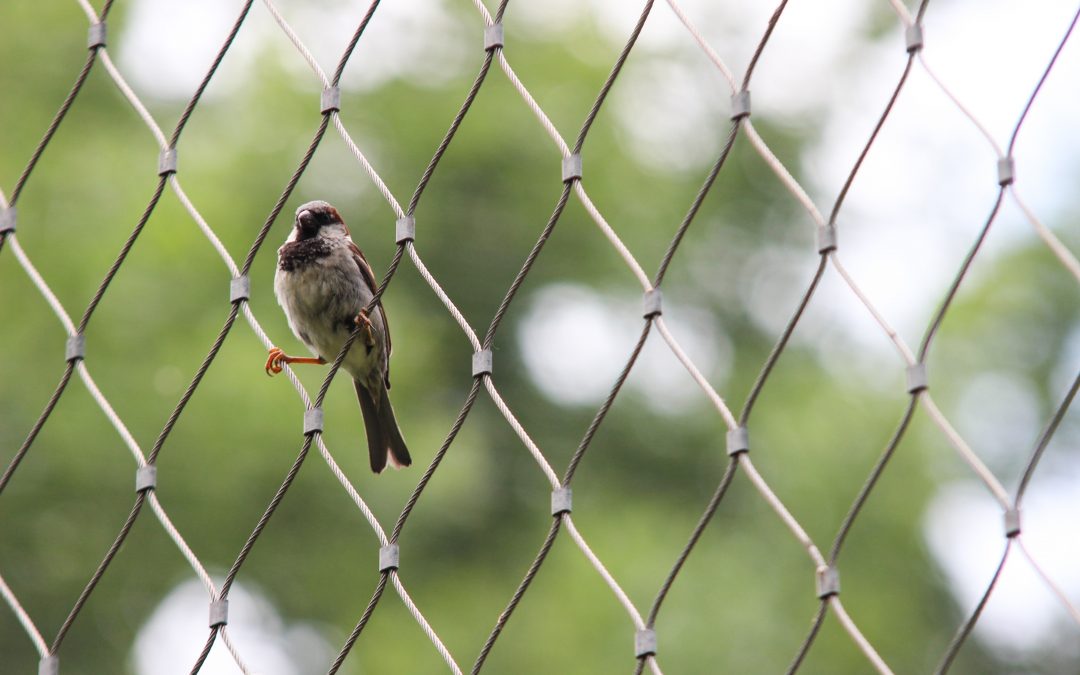
02 Sep 2019 | #Impact
Adrián A. Díaz-Faes analyses four dimensions of twitter metrics around science in a quantitative study.

23 Aug 2019 | #Impact
Fecher and Kobsda introduce the Research Impact Canvas – a structured guide to plan science communication activities.

25 Mar 2019 | #GlobalScience, #OpenScience
Martin Etzrodt’s take on the need of distributed organisations in collaborative research.

25 Jun 2018 | #Ethics
Su Golder and Gill Norman analyse the complex ethical considerations researchers face using social media data.

16 Apr 2018 | #Ethics, #Library
Three examples for library engagement in trust: scholarly communication literacy, information quality and legal certainty.
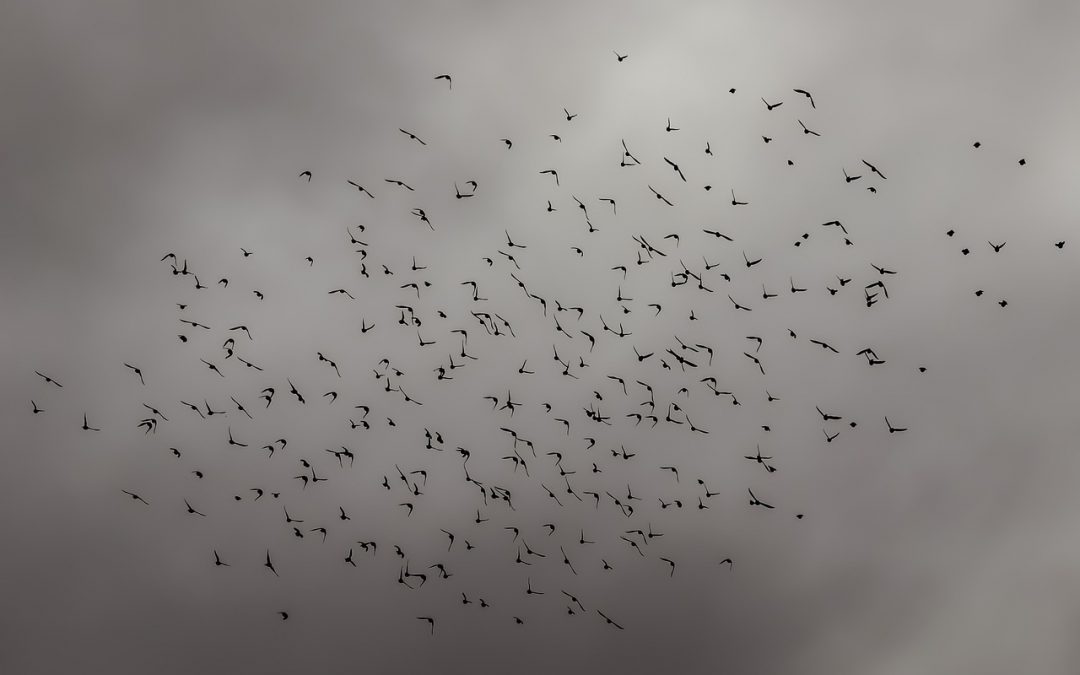
09 Jan 2018 | #Impact
Twitter is a centerpiece of modern public communication. But the question must be asked: Is Twitter worth all that attention?

07 Jan 2018 | #Authorship
Do we have an inequality problem in academia? – Crossposting from ScienceMetrics

17 Nov 2017 | #Library
Promoting data sharing by improving data information literacy in German academic libraries
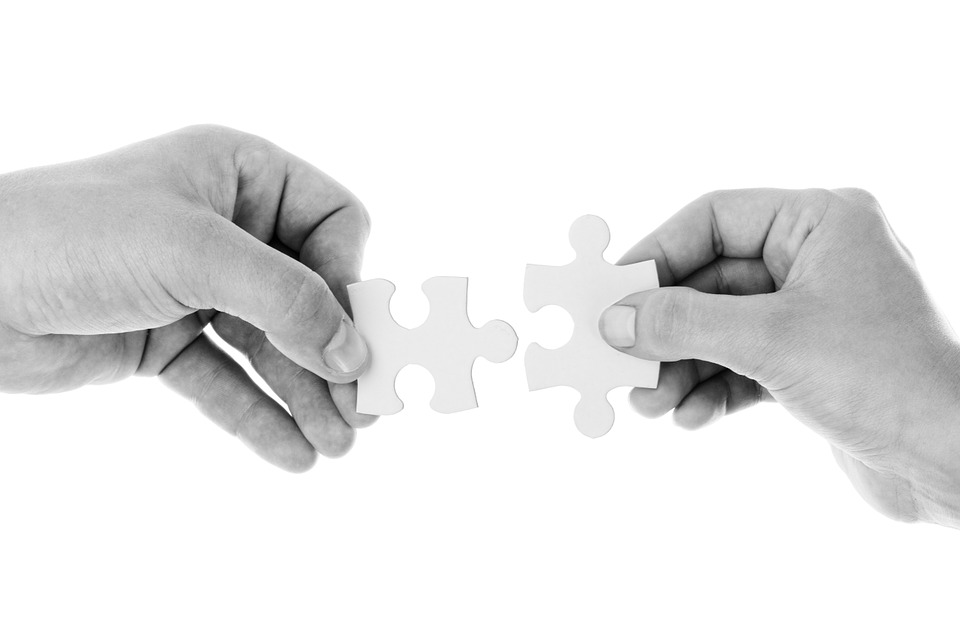
28 Aug 2017 | #Authorship
Bibliometrics for the 20 highest performing authors in Multidisciplinary Science.

24 Aug 2017 | #Authorship
The 20 highest performing authors in Mathematics publish third most articles but have comparably low bibliometrics.
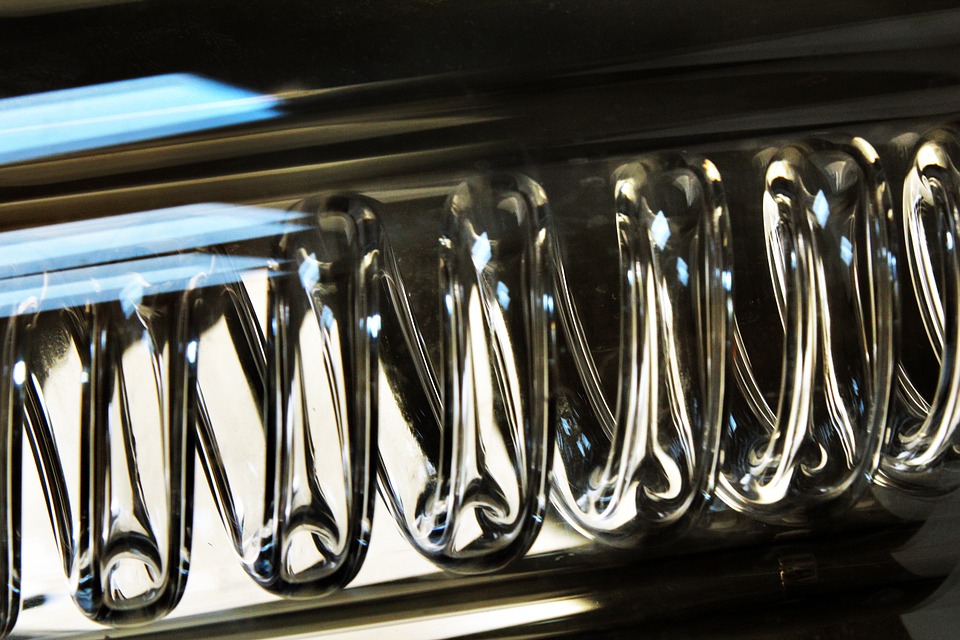
21 Aug 2017 | #Authorship
Bibliometrics for the subject areas Chemical Engineering, Chemistry, as well as Pharmacology, Toxicology, and Pharmaceutics for the 20 highest performing authors

07 Aug 2017 | #Authorship
Bibliometrics for the subject areas Arts and Humanities as well as Social Sciences for the 20 highest performing authors.

03 Aug 2017 | #Authorship
Bibliometrics for the subject areas Computer Science and Decision Sciences for the 20 highest performing authors.

31 Jul 2017 | #Authorship
Bibliometrics for the subject areas Dentistry, Health Professions, Nursing, and Psychology for the 20 highest performing authors.
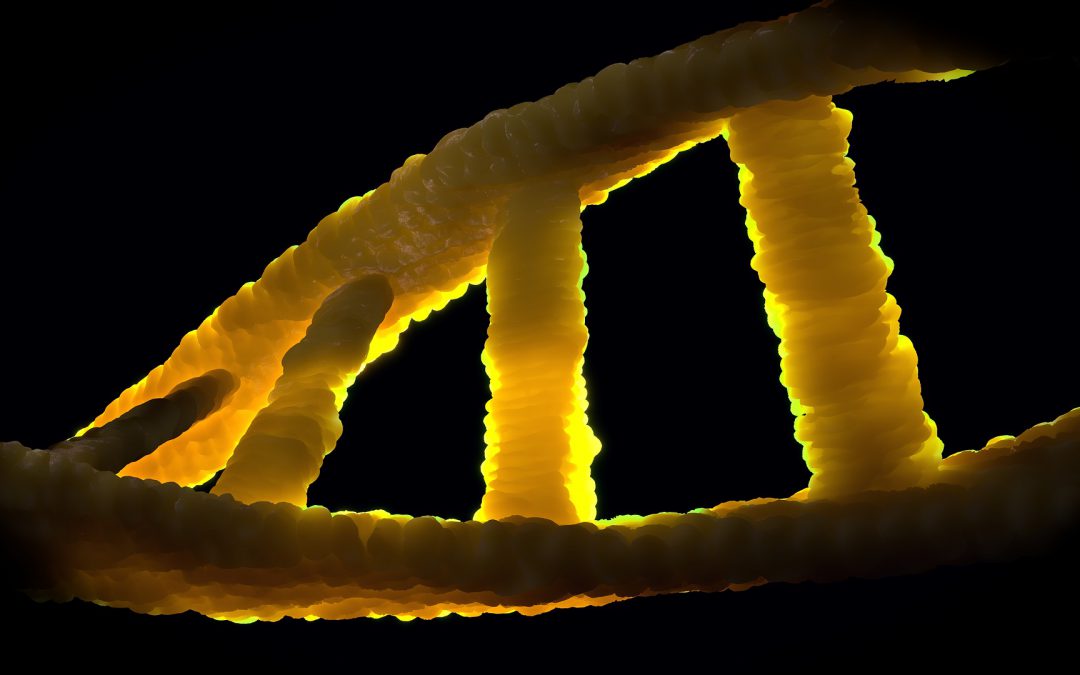
27 Jul 2017 | #Authorship
On average, Immunology and Microbiology, Neuroscience as well as Biochemistry, Genetics, and Molecular Biology have the highest citation rates.

24 Jul 2017 | #Authorship
Bibliometrics of the 20 highest performing authors in Earth and Planetary Sciences as well as Environmental Sciences.
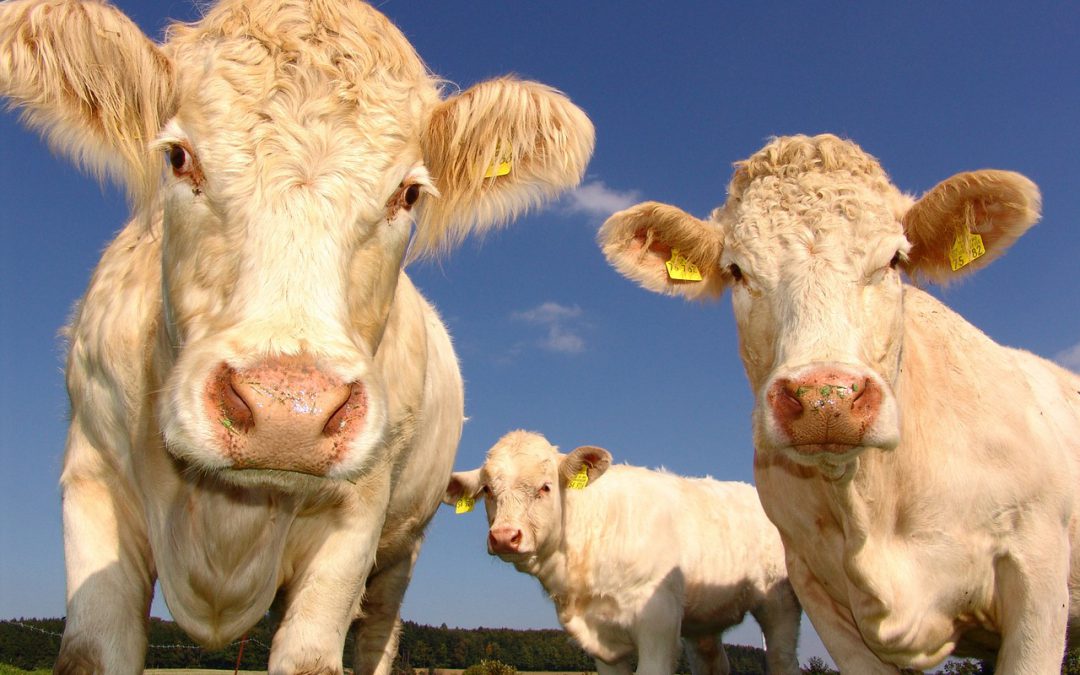
20 Jul 2017 | #Authorship
Bibliometrics of the 20 highest performing authors in Agricultural and Biological Sciences as well as Veterinary Science.
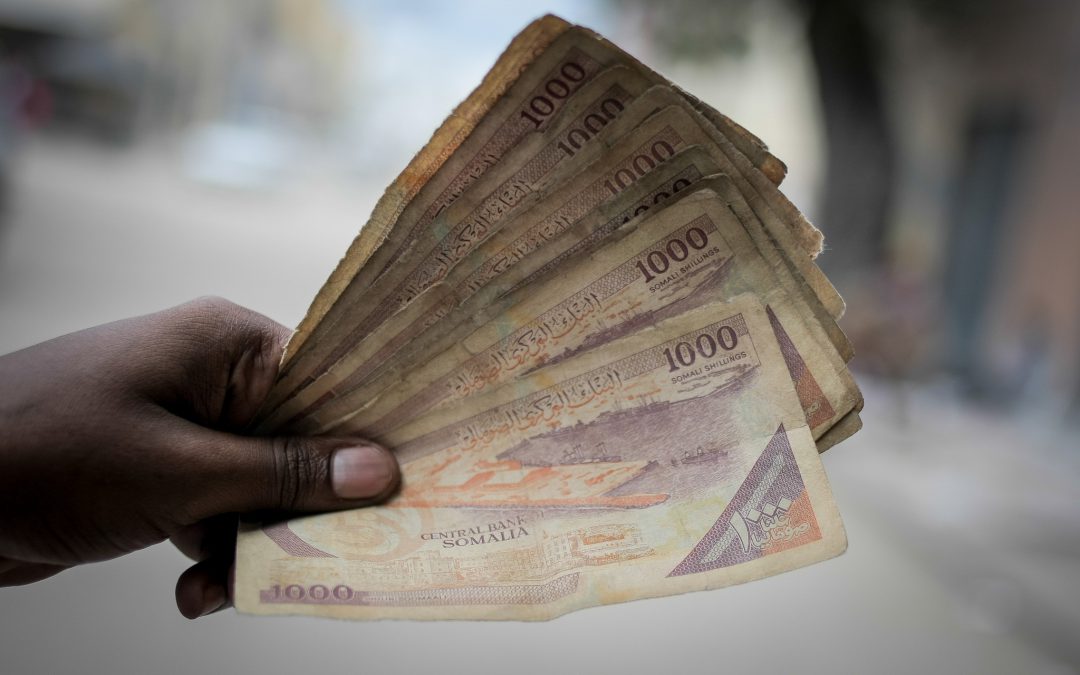
17 Jul 2017 | #Authorship
Bibliometrics of the 20 highest performing authors in Business, Management, and Accounting as well as Economics, Econometrics, and Finance.

13 Jul 2017 | #Authorship
Bibliometrics of the 20 highest performing authors in Energy, Engineering, and Materials Science.

10 Jul 2017 | #Authorship
The 20 highest performing authors in Medicine published more than 7700 articles in seven years.

10 Jul 2017 | #Authorship
Methodology for analysing the number of authors per article using meta data from Scopus.

10 Jul 2017 | #Authorship
On average, the 20 highest performing authors in Physics and Astronomy have more than 1200 coauthors per article.








































